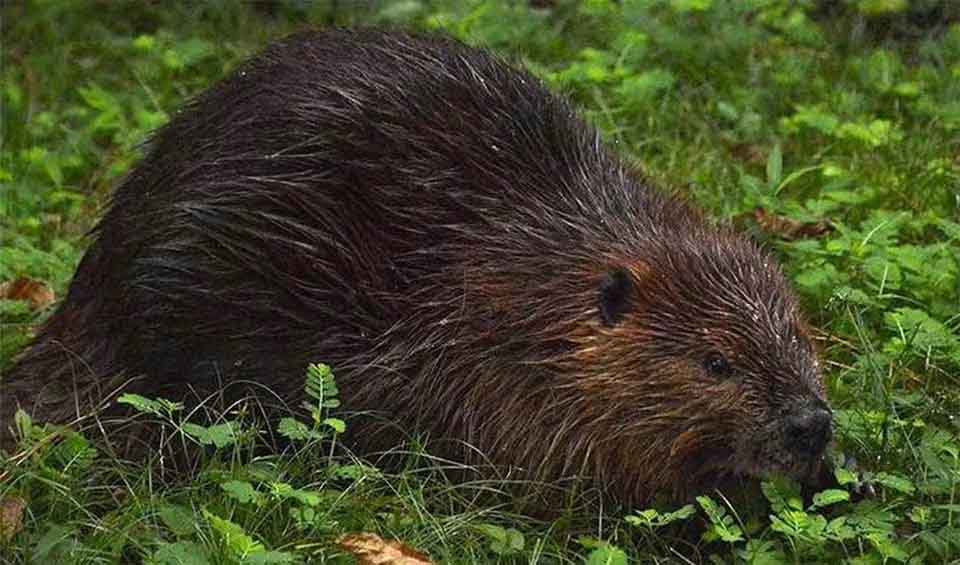Castor – Beavers
Perhaps the most industrious rodents in the world, meet the family of dam-building swimmers!
Once part of a diverse group of heavy-skulled castorids, which included species as large as black bears, the beaver family has now dwindled to just two surviving species: the North American beaver (Castor canadensis) and the Eurasian beaver (Castor fiber). These semi-aquatic mammals are distinguished by their webbed back feet and broad, flattened tails, adaptations that make them exceptionally skilled swimmers.
Beavers are strict herbivores, feeding on a diet of leaves, bark, twigs, roots, and aquatic plants. This diet is facilitated by their strong, continuously growing incisors, which they use effectively to gnaw on wood, an activity that is central to their lifestyle and ecological role.
The social structure of beavers is notably cohesive and family-oriented. They are monogamous, generally mating for life, and live in close-knit family units comprising the mating pair, their kits (young beavers), and often juveniles from previous years. This family group works together in constructing and maintaining dams and lodges, with older siblings playing significant roles in caring for and teaching the younger ones.
The architectural feats of beavers, their dams, and lodges are among the most spectacular in the animal kingdom. Using their powerful teeth, beavers fell trees and gathered branches and mud to construct dams across streams and rivers. These dams slow water flow, creating extensive wetlands that serve as habitats for a wide array of species. The ponds formed behind beaver dams increase biodiversity, serving as breeding grounds for fish and amphibians and attracting birds and other wildlife.
Species in this genus
Eurasian beaver
The furry flat-tailed mammal that builds its own aquatic empire
North American beaver
To be or not to beaver? Beavers are armed with transparent eyelids that act as goggles to see underwater



